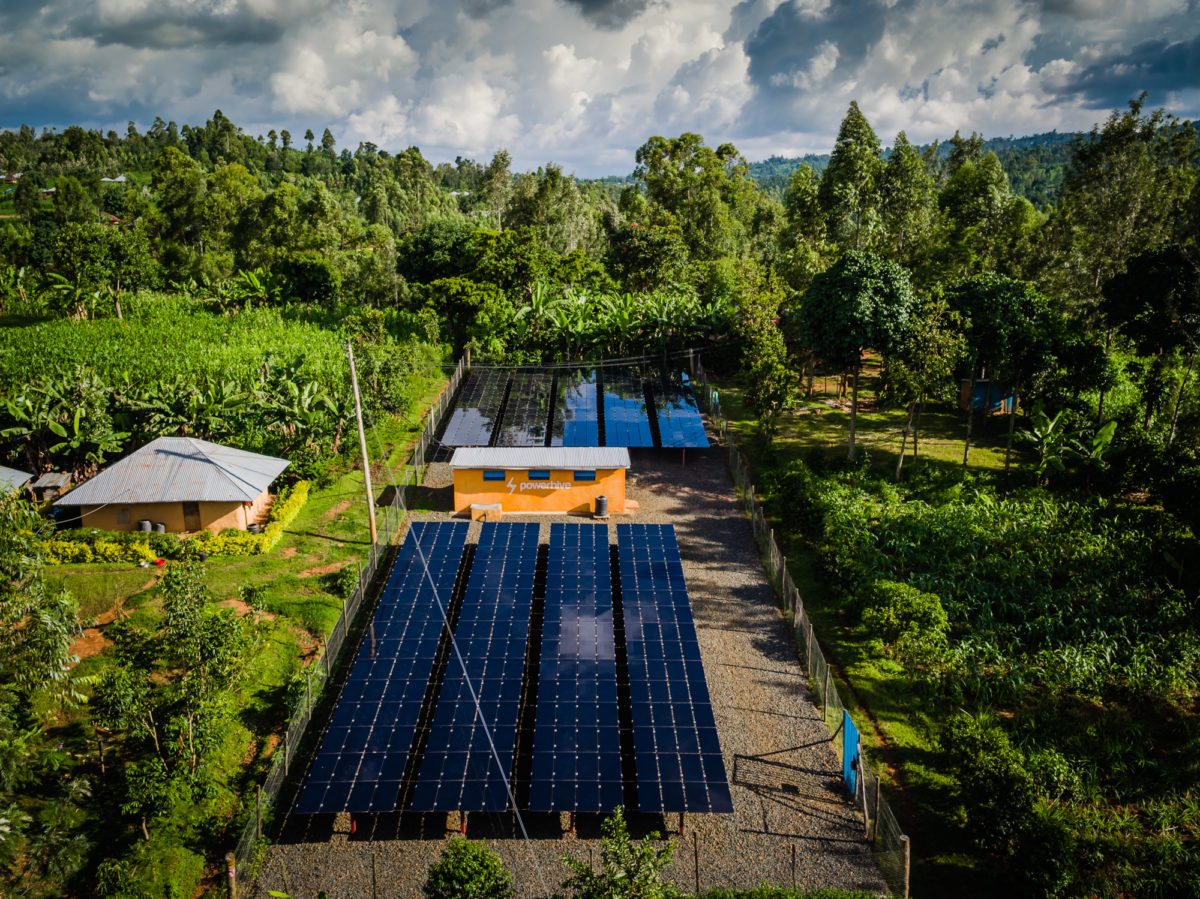The Rocky Mountain Institute (RMI) has published a report evaluating electrification projects in Africa; and concluded schemes are placing too much focus on building generation capacity without consideration for the end use of electricity.
The report's authors make recommendations to stimulate demand and improve the profitability and effectiveness of such projects.
The study, Closing the Circuit, Stimulating End-Use for Rural Electrification, says publication is a call to action for a more holistic approach to electrification in sub-Saharan Africa. It estimates between 2000 and 2008, close to half the investment in energy access approved by the World Bank went to supply expansion, with just 0.7% directed to the productive use of energy.
“Building megawatts of new generation supply, extending that supply’s reach through transmission and distribution expansion, and growing access to supply via the number of customer connections, risk being a ‘bridge to nowhere’,” states the report. “Although building supply is necessary, assuming that providing supply will generate demand, fails to address the demand-side barriers end-users face.”
Low utilization means high costs and lower demand
The institute notes, without projects to promote end use – such as financing water pumps for farming, or other equipment to increase productivity using electricity – energy systems end up with lower capacity utilization. That leads to an higher cost per kWh for users, reducing demand further.
Popular content
Comparing electrification in Africa to earlier projects in Europe and the United States, the report notes successful rapid electrification programs historically involved measures to ensure systems had sufficient demand to be financially viable, and to ensure electricity supply would meet needs.
The authors recommend development partners take better consideration of demand for rural electrification, and offer four broad suggestions: developing financing mechanisms to help businesses fund equipment to save labor or switch from diesel; reducing power costs by ensuring mini-grids are an appropriate size and signing contracts with larger customers before designing systems; stimulating private sector sales of electric equipment through customer education, financial guarantees etc; and updating electrification policies to give as much weight to demand considerations as capacity expansion.
Developers can help drive demand
Using a project in Tanzania as an example, the report describes developer JUMEME Rural Power Supply, which was struggling with low utilization, due to unaffordable prices for the power generated by a mini-grid in the Mwanza region. The developer then provided equipment loans to businesses – which it says are due to be repaid on time – and started a business freezing and delivering fish, which improved capacity utilization and provided an additional revenue stream.
Anecdotal examples of such end use considerations creating sustainable business models are plentiful, however the RMI report notes more research is necessary to understand how consumers make decisions and which barriers have the biggest effect on consumption.
This content is protected by copyright and may not be reused. If you want to cooperate with us and would like to reuse some of our content, please contact: editors@pv-magazine.com.



By submitting this form you agree to pv magazine using your data for the purposes of publishing your comment.
Your personal data will only be disclosed or otherwise transmitted to third parties for the purposes of spam filtering or if this is necessary for technical maintenance of the website. Any other transfer to third parties will not take place unless this is justified on the basis of applicable data protection regulations or if pv magazine is legally obliged to do so.
You may revoke this consent at any time with effect for the future, in which case your personal data will be deleted immediately. Otherwise, your data will be deleted if pv magazine has processed your request or the purpose of data storage is fulfilled.
Further information on data privacy can be found in our Data Protection Policy.